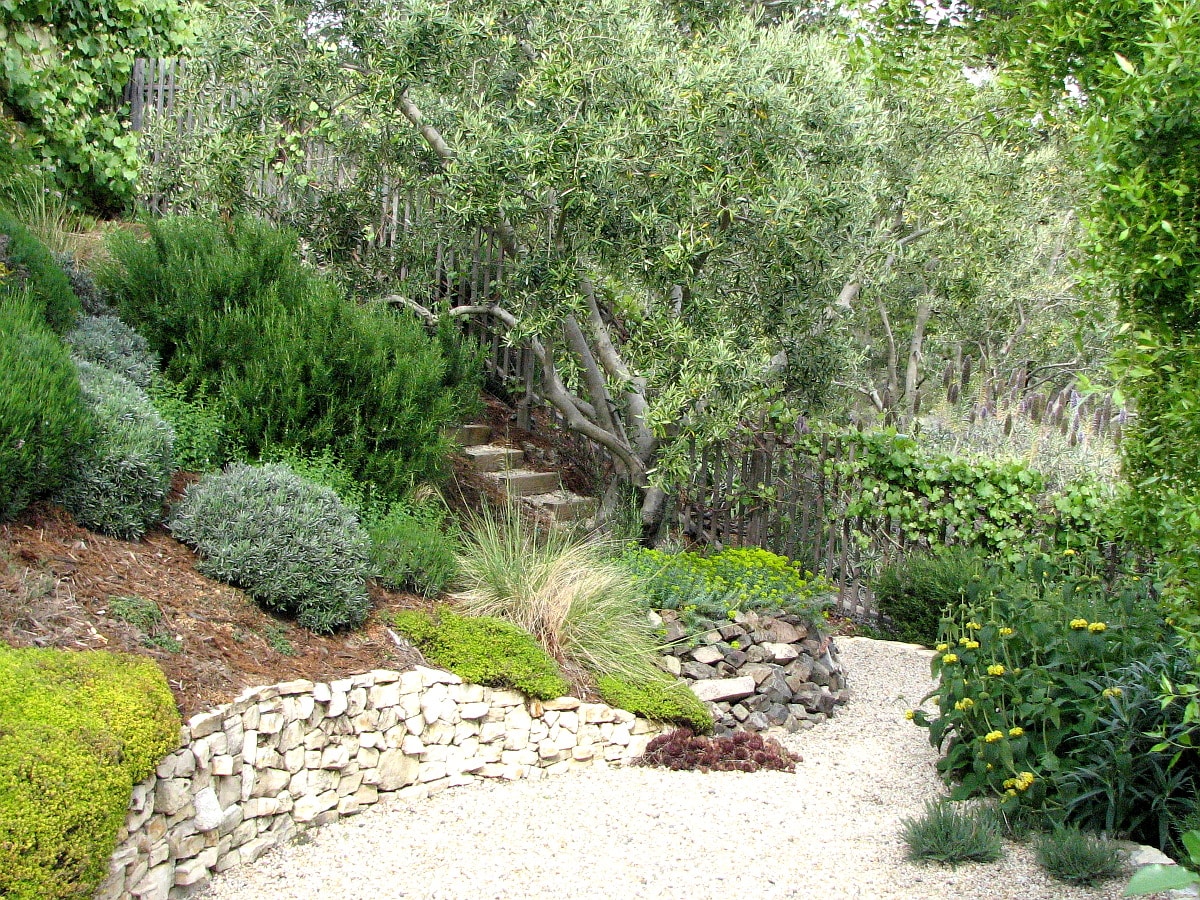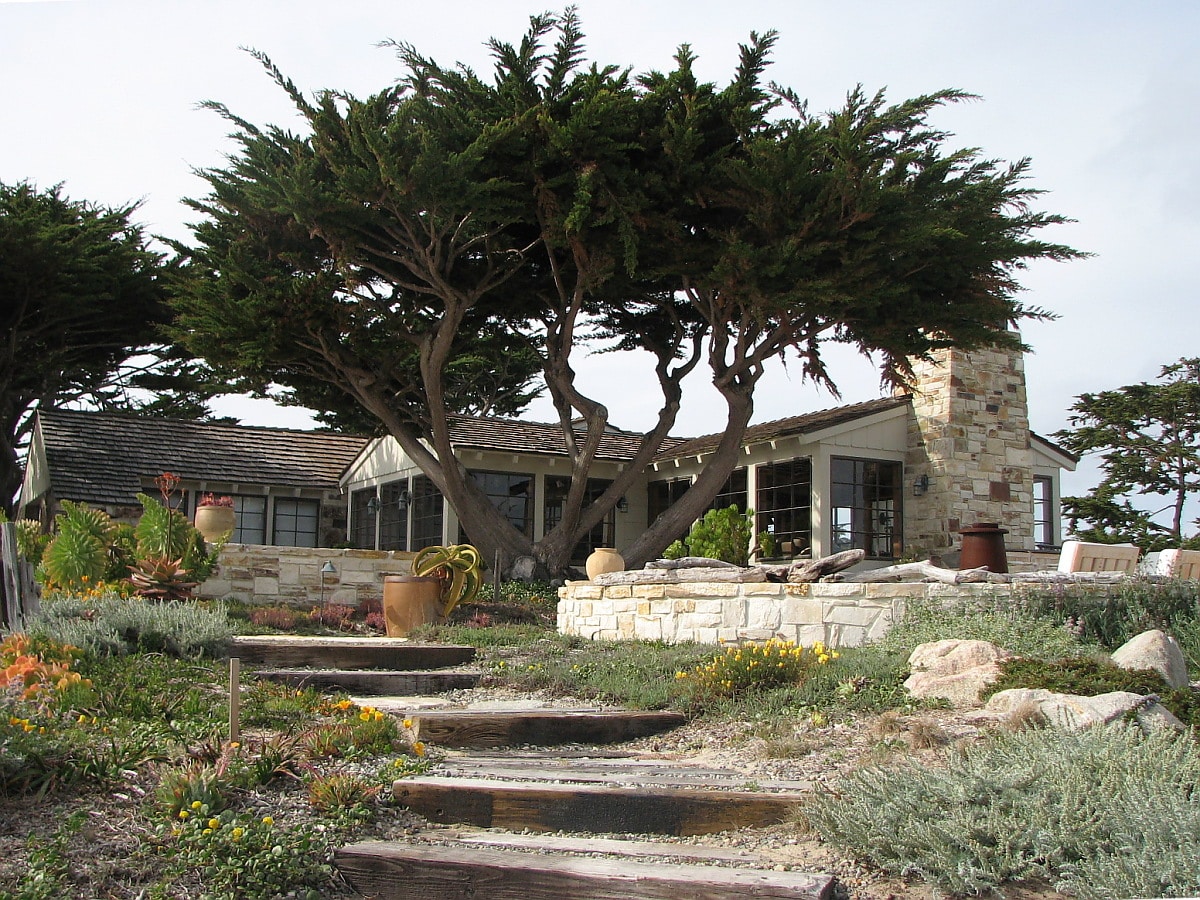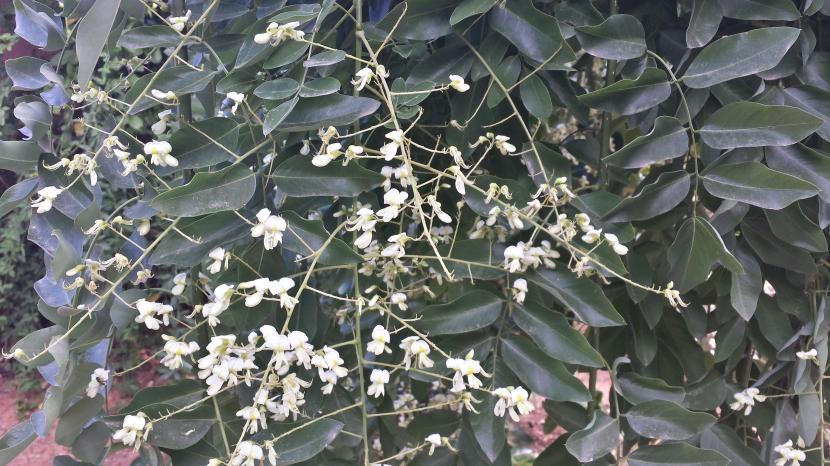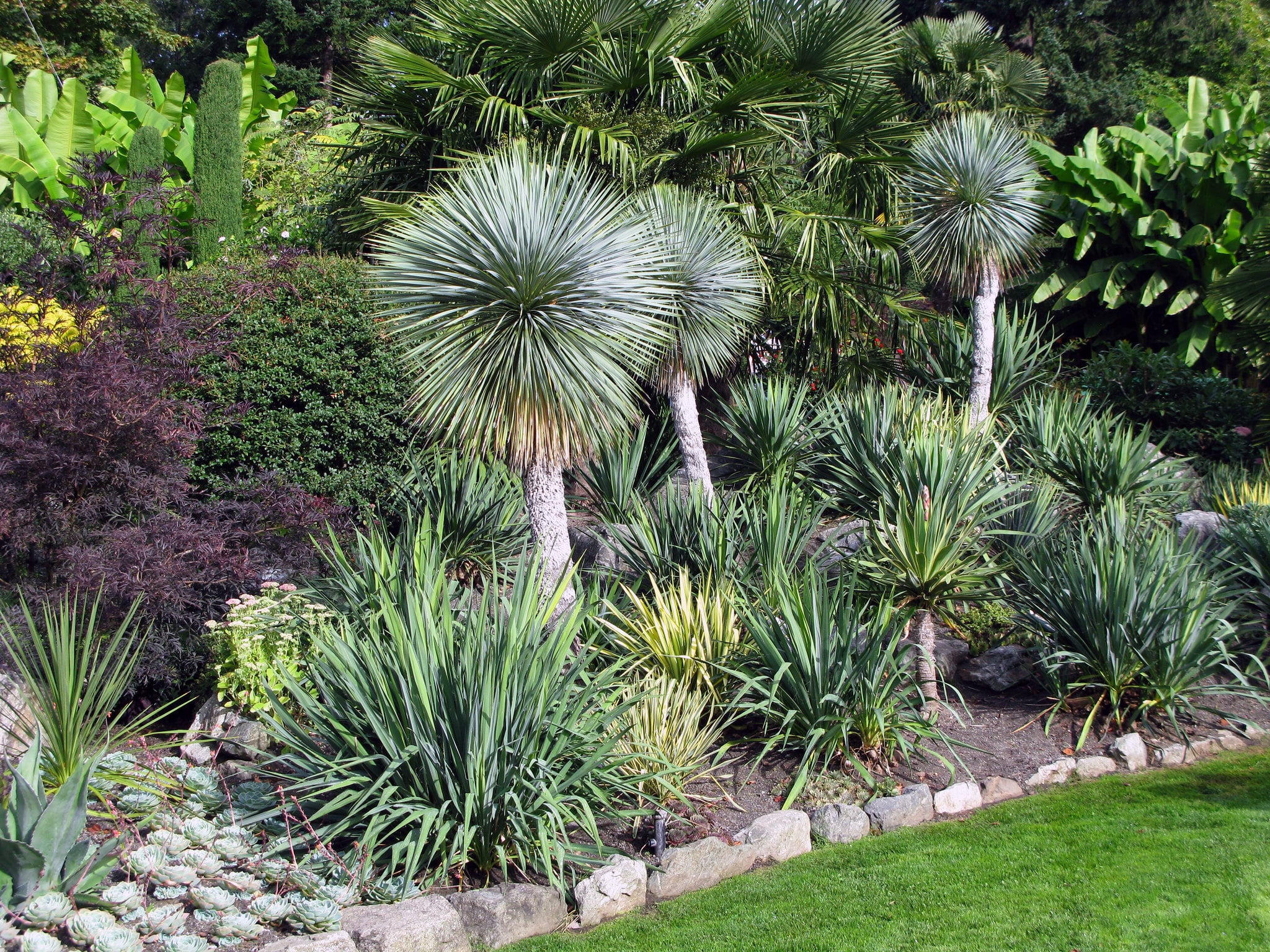
Image - Flickr / Seán A. O'Hara
The Mediterranean garden. What to say about him? From my point of view, I think it has undergone a few modifications over the years, mainly thanks to globalization and the possibility of buying plants from other places. And it is that although in this region of the world there are species with ornamental and landscape interest, such as lavender or cistus, there is a tendency to opt for other foreign plants that, having an exotic appearance but at the same time the same needs as those here , make many gardeners prefer them.
I think it doesn't hurt to take advantage and get plants from outside, but If you are going to design a Mediterranean garden there are some minimums that, I think, must be respected. What are those minimums I'm talking about? Now I'll tell you.
What is a Mediterranean garden?

Image - Flickr / Seán A. O'Hara
When you visit a Mediterranean garden let's say "pure" or "true" the first thing that may catch your attention is how certain plants are used to provide shade. This is so for a very simple reason: the summers in this region are very hot, even muggy due to the high humidity, so having a few trees in whose shade to cool off is undoubtedly something that you want to enjoy.
But also we will see rockeries decorated with various aromatic plants, such as lavender, thyme or rosemary. Also stones are frequent, which are used for several things: bordering the site (the construction of dry stone walls it is something that has been done for many centuries), to border roads or trails, and even for the aforementioned rockeries.
If we talk about the different zones or areas that usually exist in this type of garden, we can differentiate the following:
- The house, which is the main element. If it is a house on a plot of land, it is common for there to be a path of aromatic plants from the main door to the entrance of the house.
- A relaxation area, made up of a tree that does not necessarily have to be big but does cast a lot of shade. The pines and olive trees are the ones that I have seen used the most for this.
- aromatic rockery. These are plants that need a lot of sun, so they are placed in clear areas, such as next to the wall of the house, near the pool, or as low hedges for the edges of the paths.
- Potted plants. They are decorative elements that add color to the garden. Clay pots are usually preferred for their durability and resistance (the plastic ones do not last long in the Mediterranean, unless they are made of hard plastic like the one used in the manufacture of outdoor pots, since the sun little by little wears out).
How does an "old" Mediterranean garden differ from a "modern" one?

It seems interesting to me to talk about this, since you can think that this garden has always been like this, and it is not true. And for that, we have to go in search of its origins, which we find in the Middle Ages. In fact, the ancient mediterranean garden was a mixture of cultures: the muslim and the hispanic. Of them - to be more specific, of Muslims - inherited the need to rationalize water. Water was the main element, and that is why everything possible was done to make the most of it.
In addition, At that time, only native plants were available, apart from those that the Muslims could bring, such as the date palms that they loved so much; or other visitors from other countries, who brought us citrus fruits, for example. The Mediterranean region has always been a place of meeting and exchangeProof of this are all the architectural and cultural elements that we find in any of its points.

Image – Flickr/Janusz Sliwinski
But back to the gardens. How can we differentiate an ancient Mediterranean garden from a modern one? Mainly in the use of exotic plants that can only be used as ornamentals, such as succulents (cacti and succulents), palm trees (Butia, Washingtonia, Brahea, etc.), and many others.
Water is still seen as an indispensable resource, but the reality is that today I would say that it is not put to as good a use as it was before.. In my area, many gardens are designed, apparently Mediterranean, but in which the lawn and the pool are usually not lacking. As you know, the grass demands a lot of water, just like the pool. In a region where it is scarce, I wonder how much longer these types of "pseudo-Mediterranean" gardens will be able to be designed, because the least expected day the water will run out.
Then the best thing is, without a doubt, to return to the origins; that is to say, to recover the so good custom of planting autochthonous species; and if we want to have a green carpet, opt for much more sustainable alternatives such as artificial grass or, even better, species of grass typical of the region.